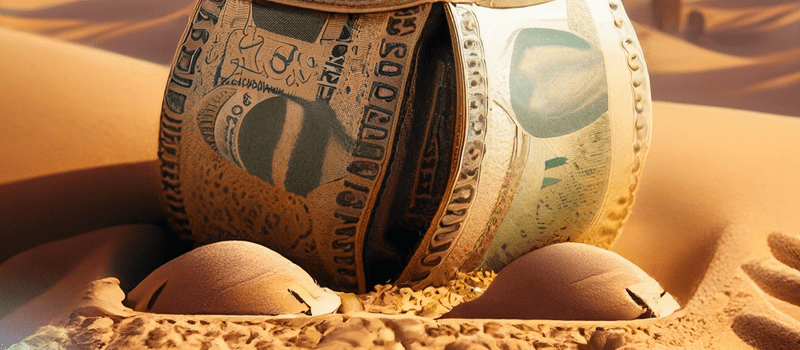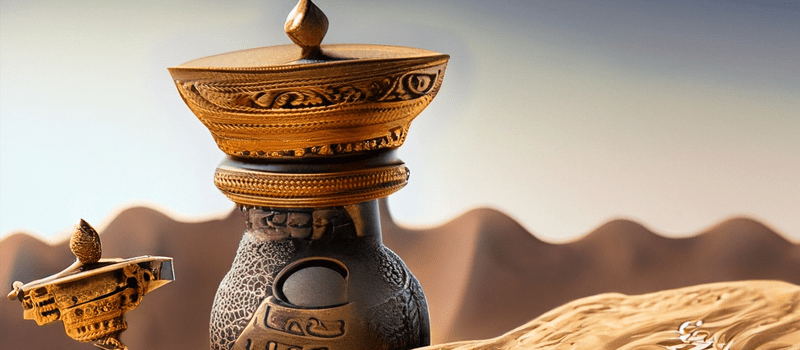How Does A Permanent Musharakah Work?

Permanent musharakah is an Islamic financing structure based on partnership and profit-and-loss sharing principles. As Islamic finance has grown globally, permanent musharakah has emerged as an increasingly popular model for arrangements like joint ventures, investments, and asset financing.
Some key facts about permanent musharakah:
-
It involves an ongoing partnership between two or more parties to finance a business or asset jointly.
-
Profits are distributed between partners based on a pre-agreed ratio. Losses are shared in proportion to each partner’s capital contribution.
-
The partnership continues over a long period of time, unlike diminishing musharakah which ends upon full repayment.
-
Permanent musharakah complies with Shariah law’s prohibition on interest, uncertainty, and exploitation.
Musharakah allows each party involved in a business transaction to share in the profits and risks. A musharakah is not time bound, continuing until the parties decide to terminate the agreement.
Permanent musharakah provides a means of raising capital and increasing access to financing while upholding Islamic commercial principles. This article will comprehensively examine permanent musharakah and its role in modern Islamic banking and finance.
Explanation of Permanent Musharakah
Permanent musharakah is a partnership agreement between two or more parties to finance and operate a commercial venture or investment asset jointly.
Partnership Structure
- Partners contribute capital to form a joint pool of funds.
- One partner can act as managing partner running day-to-day operations.
- Partners share profits based on a pre-agreed ratio, not necessarily in proportion to capital contribution.
- Losses are borne in proportion to each partner’s share of capital.
Management of the Investment
- Managing partner handles administration, supervision, and execution.
- Partners can participate in management and oversight through a governing board or committee.
- Financial records and accounts are transparent to all partners.
Profit and Loss Distribution
- An agreed profit ratio is set based on factors like expertise, capital contribution, effort etc.
- Losses are allocated strictly based on capital contribution percentages.
- This aligns with Islamic rules prohibiting guaranteed returns or shifting risk.
Termination of the Partnership
- The partnership continues indefinitely unless partners choose to terminate it.
- Assets may be gradually sold and proceeds distributed upon termination.
- One partner can sell their share to exit the partnership if others consent.
The permanent musharakah structure allows partners flexibility in managing assets and sharing risks and rewards over the long run.
Uses and Applications
Permanent musharakah is a versatile structure that can be applied in various contexts:
Financing Business Ventures
- Provides an alternative to conventional business loans
- Partners contribute capital and share profits in an ongoing joint venture
- Can finance startup costs, operations, and expansion
As eMarefa notes:
It is also used to finance projects and working capital for businesses on the partnership basis.
Real Estate Investments
- Used for joint ownership of real estate assets like buildings or land
- Partners collectively purchase property and share returns
- Expenses, maintenance costs, and revenues are divided based on ownership shares
Joint Ownership Agreements
- Allows co-ownership of large assets like aircraft, ships, plants etc.
- Partners jointly finance purchase and ongoing operating costs
- Each partner gets a share of usage rights proportional to investment
Permanent musharakah is a flexible structure suitable for various long-term investments and asset financing needs.
Benefits of Permanent Musharakah
Permanent musharakah offers several advantages that make it an attractive Islamic financing option:
Flexibility for Partners
- Partners can agree on profit-sharing ratios tailored to their goals
- Capital contributions don’t have to be equal or fixed over time
- Partners can exit the contract by selling their share to others
As IJARAC explains:
The ratio of profit allocation between partners is not required to be exactly similar to the contribution ratio. It can be varied based on mutual understanding and agreement between partners.
Ongoing Source of Funds
- The joint capital pool remains available over the long term
- Profits can be reinvested to grow the venture versus periodic financing
- Avoid risks of inadequate funds or refusal of future financing
Compliance with Islamic Law
- Conforms to profit-loss sharing principles of Islamic finance
- Avoids prohibited elements like interest, speculation, and uncertainty
- Oversight ensures adherence to Shariah standards
By aligning with Islamic commercial principles, permanent musharakah offers an ethical financing alternative.
Risks and Challenges
While permanent musharakah has many benefits, it also comes with some risks and challenges:
Disagreements Between Partners
- Conflicts can arise on management, strategy, profit allocation etc.
- Lack of exit options for minority partners
- Dispute resolution mechanisms are essential
If one party wants to end the agreement and the other refuses, the party that wants out is forced to either continue the partnership against their will or forfeit their share of the business.
Lack of Liquidity
- No secondary market to easily trade musharakah shares
- Difficulty accessing invested capital during the partnership
- Forced to rely on profit distributions for liquidity
Compliance and Standardization
- Musharakah practices may vary across jurisdictions
- Lack of regulation and reporting standards
- Complexities of Shariah compliance certification
Careful crafting of agreements and governance is crucial to mitigate the risks of permanent musharakah partnerships.
Future Outlook
Despite some challenges, permanent musharakah shows promising potential for growth:
Growth Potential
- Growing Islamic finance industry estimated at $2.2 trillion in assets
- Musharakah seen as a core product for expansion
- Attractive alternative to conventional financing models
As eMarefa points out:
The permanent Musharakah has a vast scope in the present context as it fulfills the solvency and liquidity needs of capital-intensive long term projects.
Integration with Fintech
- FinTech innovations improving access and automation
- Online platforms connecting investors and recipients
- Use of smart contracts and blockchain technology
Role in Sustainable Development
- Aligns with UN Sustainable Development Goals
- Promotes inclusive access to finance
- Channels funds to social impact and development projects
With increasing adoption and supportive conditions, permanent musharakah could see wider utilization in Islamic banking and finance.
Conclusion
In summary, permanent musharakah is an Islamic partnership structure with distinct benefits:
- Provides flexible, ethical financing and investment
- Long-term capital pooling facilitates larger ventures
- Profit-loss sharing aligns with Islamic commercial principles
- Applicable to a wide range of assets and projects
However, it also presents some challenges:
- Potential for disputes between partners
- Lack of liquidity and exit options
- Need for oversight and standardization
As Islamic finance expands globally, permanent musharakah has significant potential for financing growth in a sustainable and equitable manner. With careful governance and continual evolution, it can play an important role in the modern Islamic economy.
Overall, permanent musharakah upholds the Islamic values of partnership, risk-sharing, and social impact at the core of Shariah-compliant finance. This explainer outlines its key features, applications, benefits and risks – providing a basis for further research and discussion.








Responses